Nobel Prize Winners: Medicine
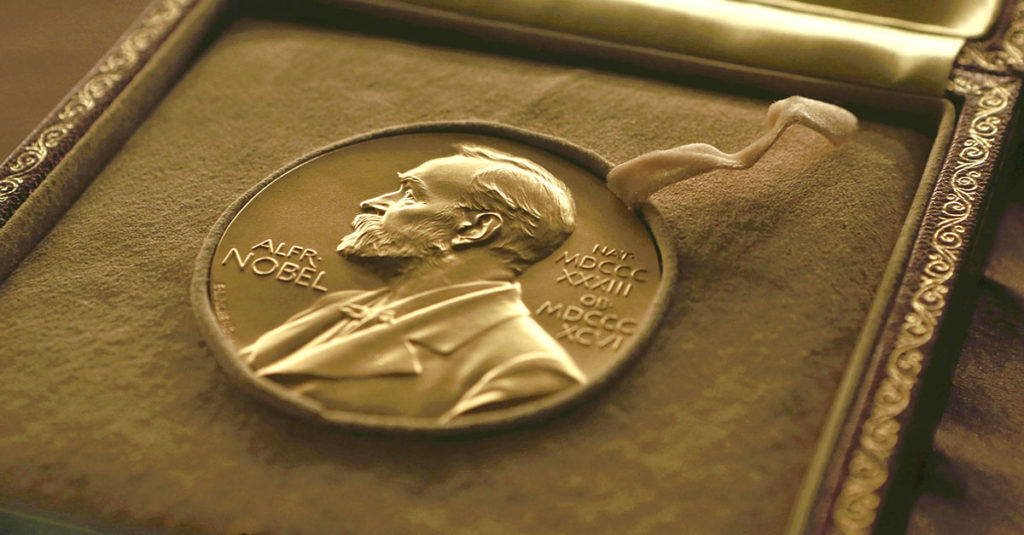
Introduction
The Nobel Assembly at the Karolinska Institute, Sweden awards the Nobel Prize in Medicine. It is given to scientists in diverse disciplines of medicine every year. It is one of the five disciplines that is celebrated each year in accordance with the Swedish inventor and businessman Alfred Bernhard Nobel’s will of 1895. The award is given for extraordinary achievements in chemistry, physics, literature, medicine, and peace.
Let’s take a look at some of the Nobel Prize winners in medicine
The Nobel Prize in Medicine is given to those who, in the preceding year, will have bestowed the utmost help on mankind. The Karolinska Institute has been awarding this prize since 1901.
David Julius
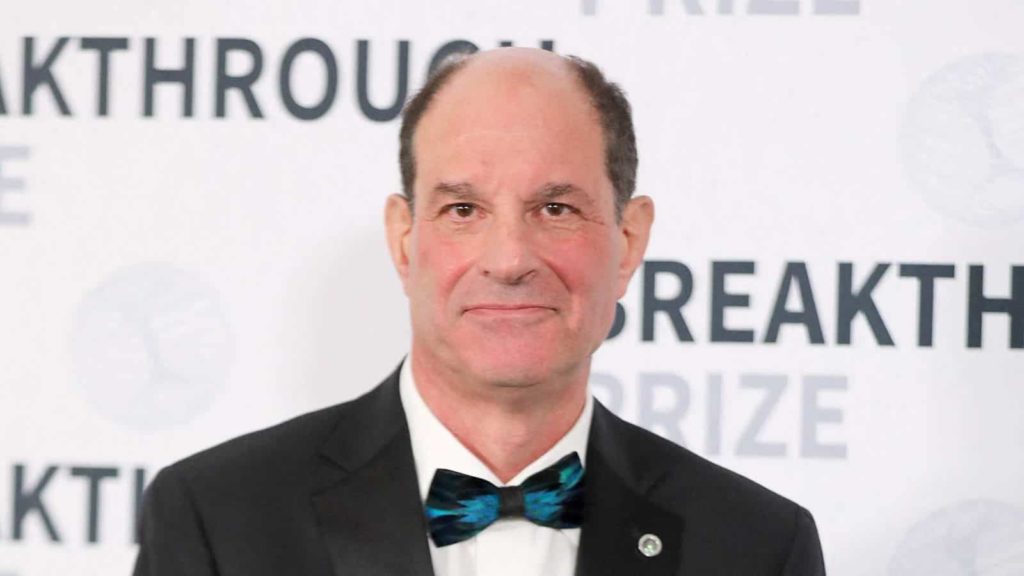
David Julius received The Nobel Prize in Physiology or Medicine 2021. He is Born on 4 November 1955, New York, NY, USA. Affiliation at the time of the award: University of California, San Francisco, CA, USA. Prize motivation: “for their discoveries of receptors for temperature and touch.”
He is known for his work on molecular mechanisms of pain, sensation, and heat.
Ardem Patapoutian
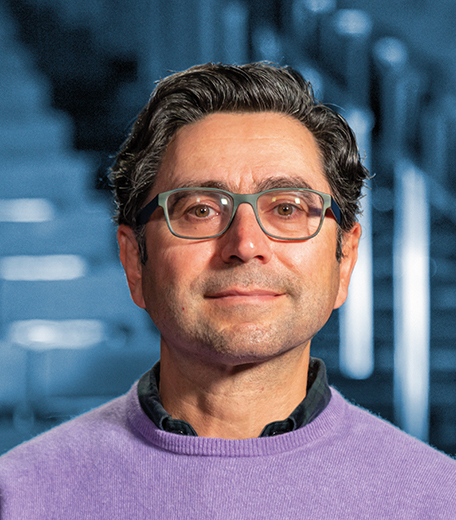
Ardem Patapoutian is an American molecular biologist, neuroscientist, and Nobel Prize laureate. He is born on 2nd October 1967. He is known for his work in characterizing the PIEZO1, PIEZO2, and TRPM8 receptors that detect pressure, menthol, and temperature.
He is a neuroscience professor and Howard Hughes Medical Institute investigator at Scripps Research in La Jolla, California. He won the Nobel Prize in Physiology or Medicine in 2021 jointly with David Julius.
Emil von Behring
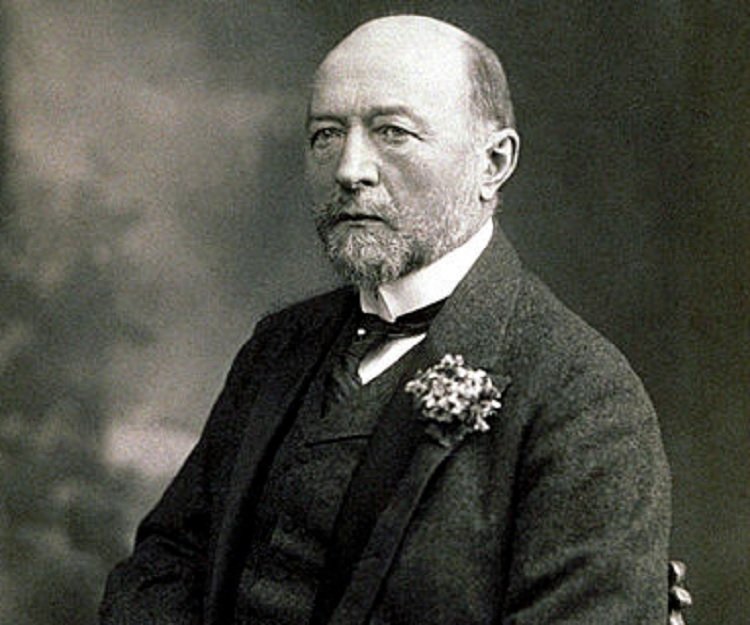
Behring, one of the founders of immunology, was a German bacteriologist. He was born on March 15, 1854, in Hansdorf, West Prussia, and died on March 31, 1917, in Marburg, Germany. He was awarded the first-ever Nobel Prize in Medicine in 1901 for his development of the serum therapy used to cure diphtheria.
Sir Ronald Ross

Sir Ross was a British doctor. He was the second recipient of the Nobel Prize in 1902 for his research on the transmission of malaria. He was born in Almora, India, on May 13, 1857, and died on September 16, 1932, in London, England. He discovered the parasite in the Anopheles mosquito’s gastrointestinal system which led to the understanding that mosquitoes transmitted malaria. Thus, he established the groundwork for battling this illness.
Ivan Petrovich Pavlov

Pavlov was born in Ryazan, Russia, on September 14, 1849, and died on February 27, 1936, in Saint Petersburg, Russia. He developed the idea of the conditioned reflex by training a starving dog to drool at the sound of a buzzer or a metronome. This experiment was previously linked with the sight of food. His pioneering research connected human behaviour to the neurological system, which helped in understanding the role of conditioning. He won the Nobel Prize in 1904 for his research on gastric secretions.
Camillo Golgi
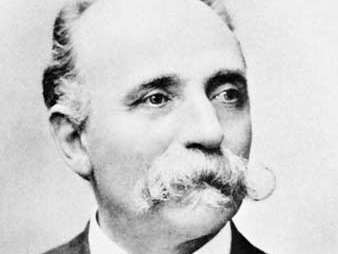
Golgi was born on July 7, 1843/44, in Corteno Golgi, Italy, and died on January 21, 1926, in Pavia, Italy. The Italian cytologist researched the fine structure of the nervous system. His contribution to the fine structure nervous system earned him the Nobel Prize in 1906, which he shared with Spanish neuroscientist Santiago Ramón y Cajal.
Alphonse Laveran
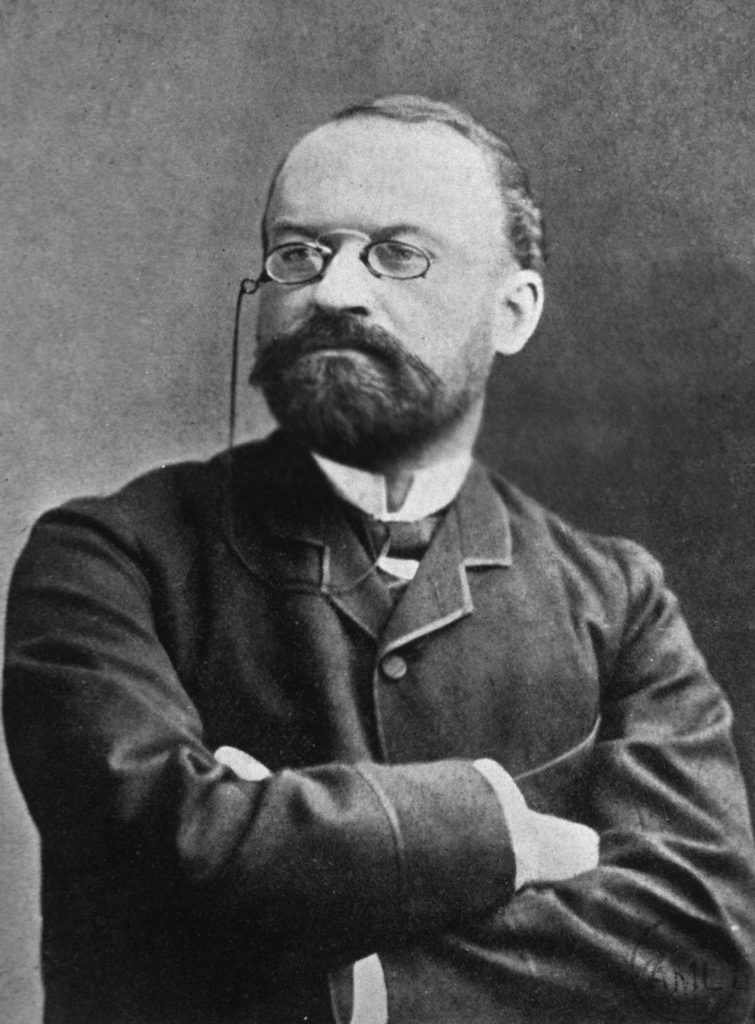
Charles-Louis-Alphonse Laveran was a French parasitologist and physician. He was born on June 18, 1845, and died on May 18, 1922. He identified the parasite that causes malaria in humans, which led to him being awarded the Nobel Prize. Laveran also subsequently undertook several works on protozoal illnesses.
Paul Ehrlich
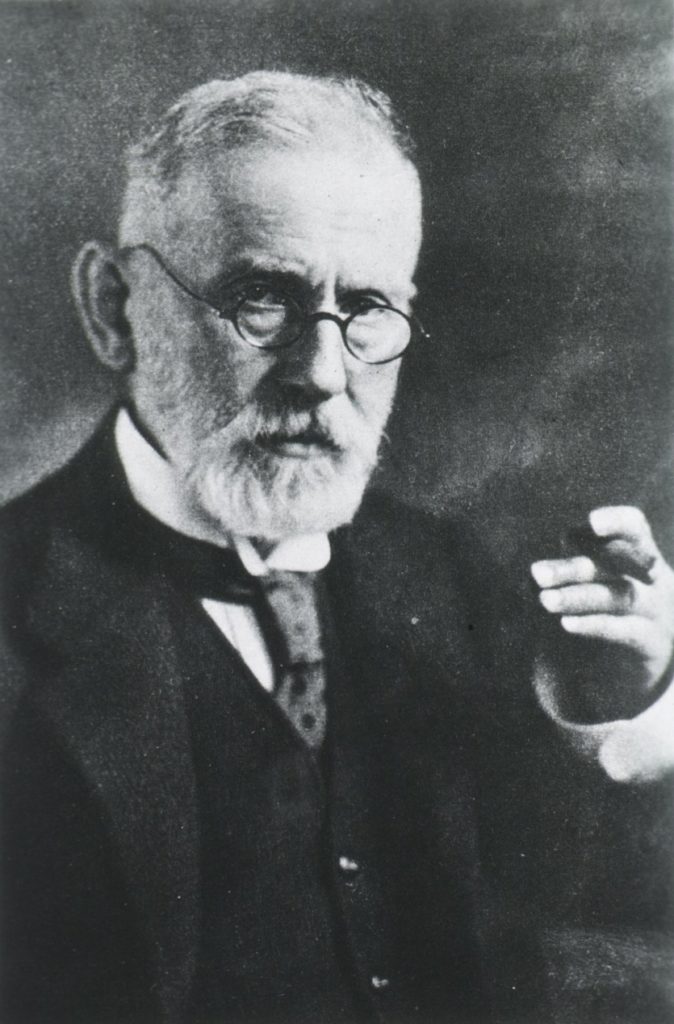
Ehrlich was born on March 14, 1854 in Strzelin, Poland, and died on August 20, 1915, in Bad Homburg vor der Höhe, Germany. He is known for his groundbreaking work in haematology, immunology, and chemotherapy. Ehrlich helped discover the first effective syphilis treatment. Ehrlich and Élie Metchnikoff shared the Nobel Prize in 1908.
Emil Theodor Kocher
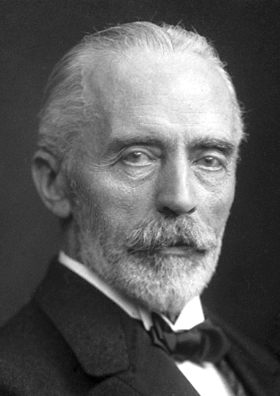
Kocher was born on August 25, 1841, in Bern, Switzerland, where he died on July 27, 1917. He had conducted more than 5,000 thyroid excisions, which lowered the mortality rate from 18 percent to less than 0.5 percent during his time. He ultimately went on to win the Nobel Prize in 1909 for his work on the thyroid gland.
Albrecht Kossel
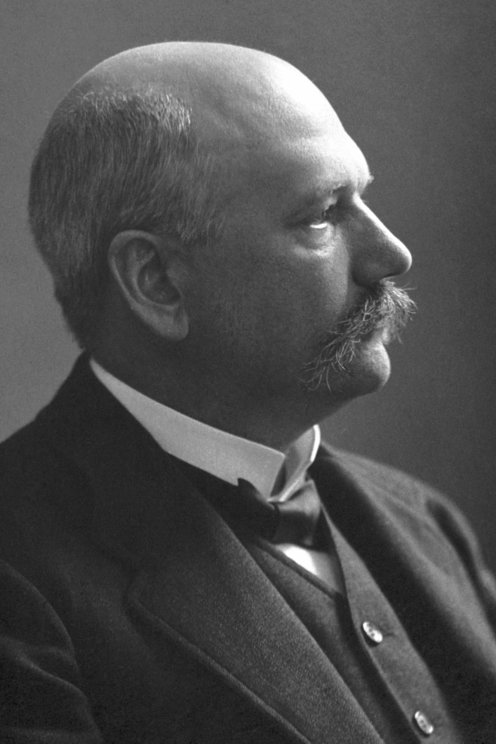
Kossel was a famous biochemist who was born on September 16, 1853, in Rostock, Germany, and died on July 5, 1927, in Heidelberg, Germany. Kossel was awarded the Nobel Prize in Medicine in 1910 for his contributions to understanding the chemistry of nucleic acids and proteins. He contributed to the idea that these are the building blocks of the DNA molecule, the cell’s genetic material.
Allvar Gullstrand

Gullstrand was born on June 5, 1862, in Landskrona, Sweden, and died on July 28, 1930, in Stockholm. An ophthalmologist, he won the Nobel Prize in 1911 for his study of the refraction of light in the eye.
Robert Bárány

Bárány was born on April 22, 1876, in Vienna, Austria-Hungary, and died on April 8, 1936, in Uppsala, Sweden. The Austrian otologist won the Nobel Prize in 1914 for his work on the pathology and physiology of the balancing (vestibular) mechanism of the human inner ear.
August Krogh
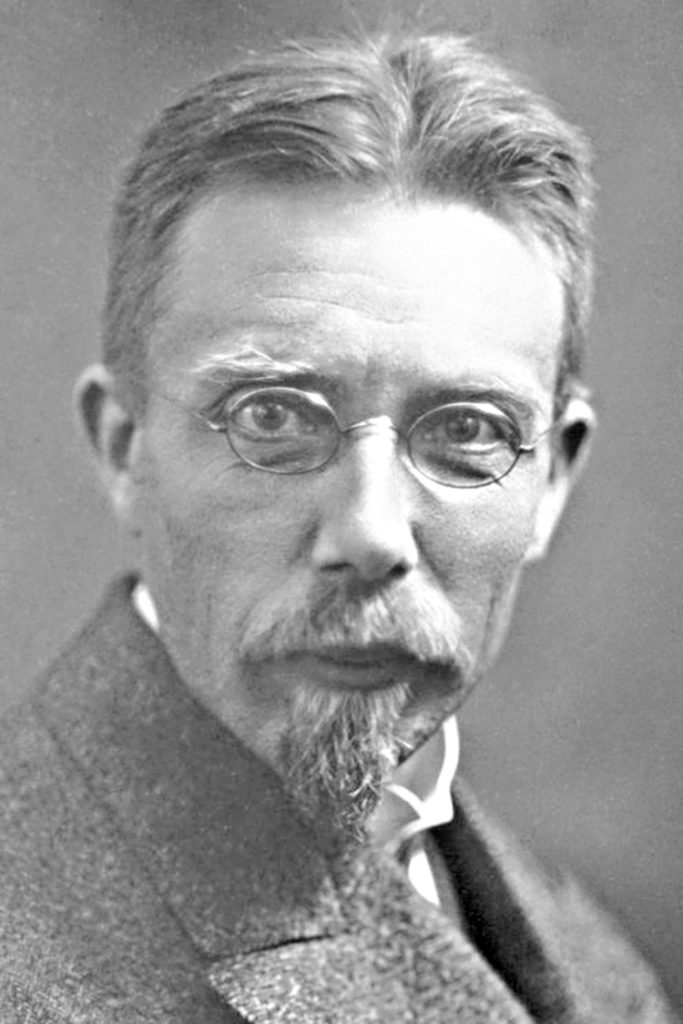
Krogh was born November 15, 1874, in Gren, Denmark, and died on September 13, 1949, in Copenhagen, Denmark. The Danish physiologist won the Nobel Prize in 1920 for his contributions to the discovery of the motor-regulating mechanism of capillaries.
A.V. Hill

Archibald Vivian Hill was born on September 26, 1886, in Bristol, Gloucestershire, England, and died on June 3, 1977, in Cambridge, England. A British physiologist and biophysicist, he helped in discoveries of the production of heat in muscles. His studies helped to identify the genesis of muscle power in the breakdown of carbohydrates, with lactic acid production, in the absence of oxygen. A.V. Hill was awarded the Nobel Prize in 1922
Frederick Grant Banting

Banting was Born on November 14, 1891, in Alliston, Ontario, Canada, and died on February 21, 1941, in Newfoundland. He was a Canadian physician. He was the first person to extract insulin from the human pancreas alongside Charles H. Best. Insulin injections proved to be the first successful therapy for diabetes, a condition in which glucose levels in the blood become unusually high. Banting received a share of the Nobel Prize in 1923.
Johannes Fibiger
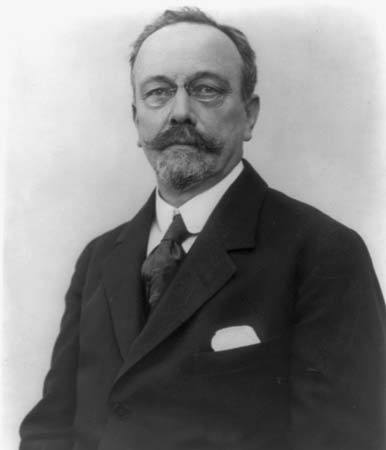
Fibiger was a Danish pathologist who won the Nobel Prize in 1926. He was born on April 23, 1867, in Silkeborg, Denmark, and died on January 30, 1928, in Copenhagen, Denmark. He helped in developing the first controlled induction of cancer in laboratory animals. It was a breakthrough that revolutionized the research around cancer.
Julius Wagner-Jauregg
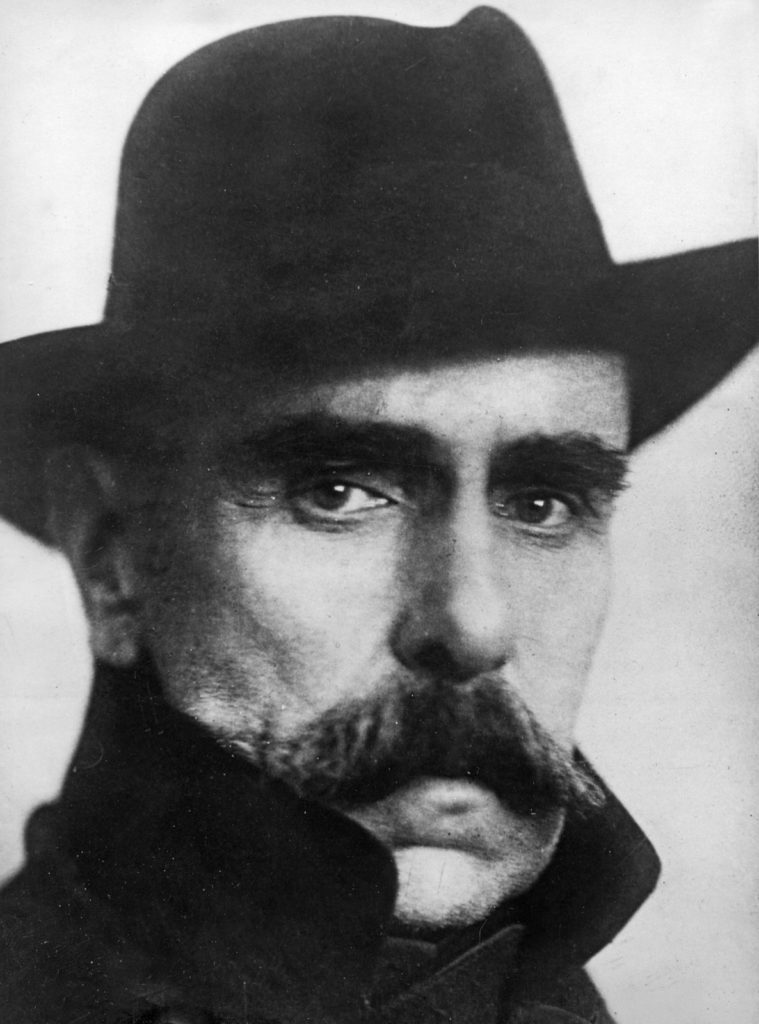
Jauregg, aka Julius Wagner, was also known as Ritter (Knight) von Jauregg. He was born on March 7, 1857, in Wels, Austria, and died on September 27, 1940, in Vienna, Austria. He was a renowned neurologist and psychiatrist who discovered that general paresis or syphilitic meningoencephalitis could be treated with the help of artificial induction of malaria by bringing a previously fatal and incurable disease under control. This won him the Nobel Prize in 1927.
Charles-Jules-Henri Nicolle

Nicolle was born on September 21, 1866, in Rouen, France, and died on February 28, 1936, in Tunis, Tunisia. The French bacteriologist was awarded the Nobel Prize in 1928. He discovered that the body louse spreads typhus disease.
Christiaan Eijkman
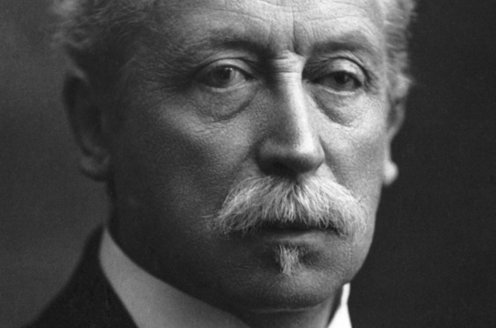
Eijkman was born on August 11, 1858, in Nijkerk, Netherlands, and died on November 5, 1930, in Utrecht, Netherlands. He was a Dutch pathologist and physician who demonstrated that a bad diet can cause beriberi disease. He shared the Nobel Prize with Frederick Hopkins in 1929.
Karl Landsteiner
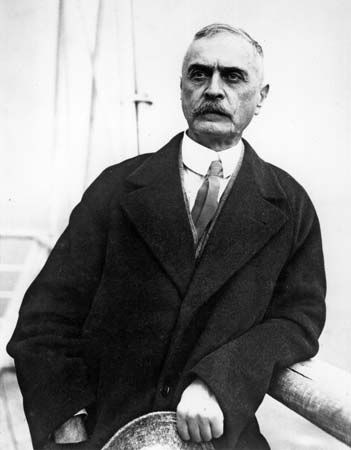
Landsteiner was born on June 14, 1868, in Vienna, Austria, and died on June 26, 1943, in New York, New York, United States. He was an Austrian-American immunologist and pathologist who won the Nobel Prize in 1930 for his discovery of the major blood groups, and the development of the ABO system of blood typing, which has made blood transfusion a common medical practice.
Otto Warburg

Warburg was born on October 8, 1883, in Freiburg am Breisgau, Germany, and died on August 1, 1970, in West Berlin, West Germany. He was a German scientist who won the Nobel Prize in 1931 for his study on cellular respiration.
Edgar Douglas Adrian
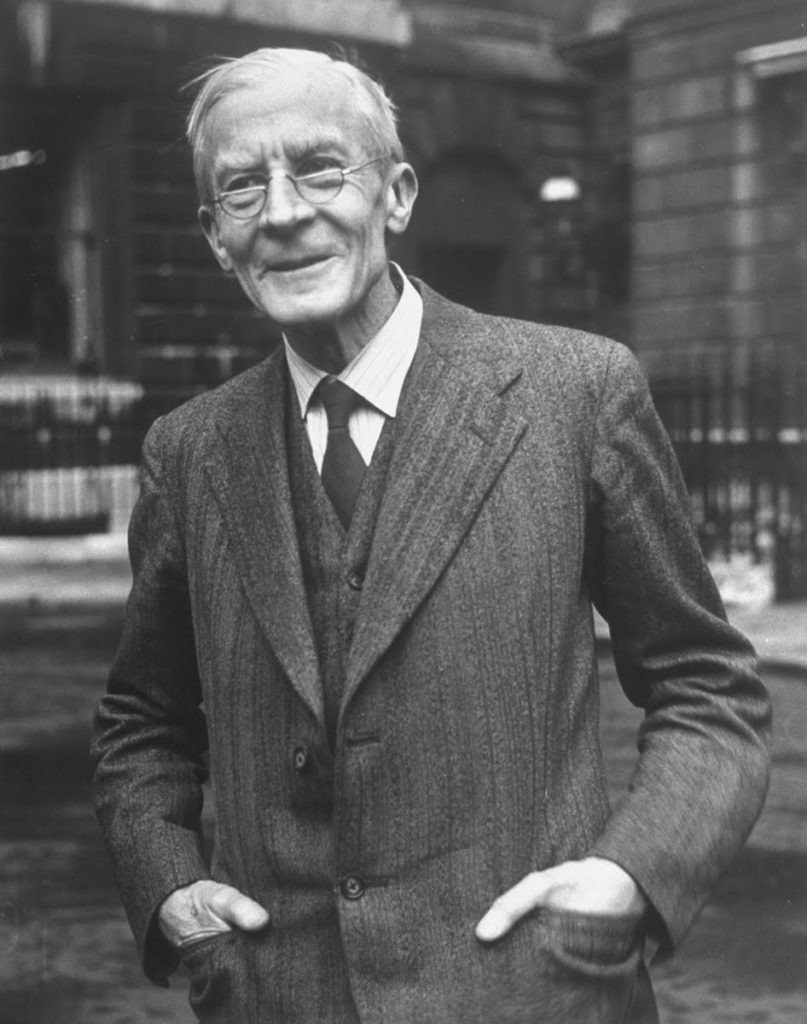
Adrian was born on November 30, 1889, in London, England, and died on August 4, 1977, in Cambridge. He was a British electrophysiologist who shared the Nobel Prize with Sir Charles Sherrington in 1932, for his discoveries on the neurons and the all-or-none law of nerves.
Thomas Hunt Morgan

Morgan was an American zoologist and geneticist. He was born on September 25, 1866, in Lexington, Kentucky, and died on December 4, 1945, in Pasadena, California. He is best known for his experimental research with the fruit fly (Drosophila), using which he established the chromosome theory of heredity. He demonstrated that genes are connected in a sequence on chromosomes and are responsible for hereditary characteristics that may be identified. Morgan’s work was essential in the expansion of genetics. He was awarded the Nobel Prize in 1933.
George Richards Minot
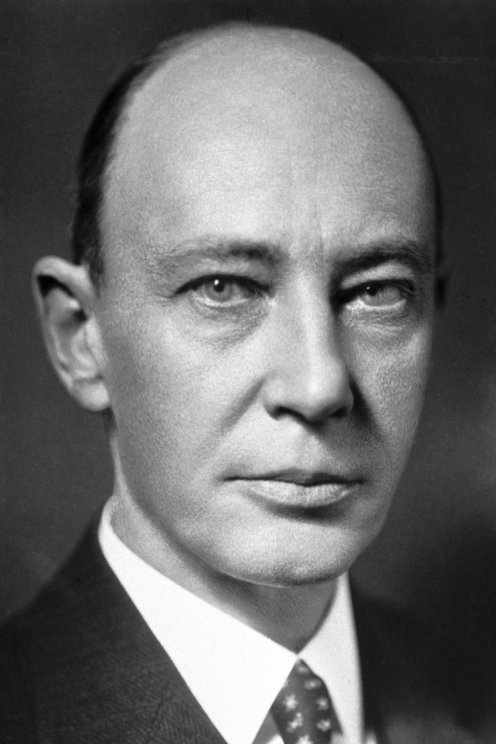
Minot was born on December 2, 1885, in Boston, Massachusetts, and died on 25 February 1950 in Brookline, Massachusetts. He was an American physician who shared the Nobel Prize in 1934, alongside William Murphy and George Whipple, for providing an overview of a raw-liver diet in the treatment of pernicious anemia, a fatal disease.
Hans Spemann

Spemann was born on June 27, 1869, in Stuttgart, Württemberg, and died on September 12, 1941, in Freiberg, Germany. He was a German embryologist who won the Nobel Prize in 1935, for his discovery of embryonic induction.
Conclusion
Nobel Prizes are given out annually from a fund established by the Swedish inventor and businessman, Alfred Nobel. They are popularly considered to be one of the world’s most distinguished honors for intellectual accomplishment. As of 2009, 8 Nobel Prizes had been awarded for contributions to signal transduction via G proteins and second messengers, while 13 Prizes had been awarded for contributions to neurobiology. These prizes are awarded for extraordinary contributions in various fields.
E-Gurukul is a learning management system for students interested in pursuing medicine as a vocation. It provides a wide range of services, including study resources, information on medical entrance exams, and specifically curated topic-by-topic charts to help students manage their daily schedules and prepare on the move. Most significantly, students may use e-Gurukul to study for examinations like AIIMS-PG, FMGE, NEET-SS, and NEET-PG. They also have access to over 800 hours of topic-based video lectures from India’s most illustrious professors, as well as 35,000+ specifically selected topic-specific questions.
You can get more facts and trivia, like in this article, on the E-gurukul app.


